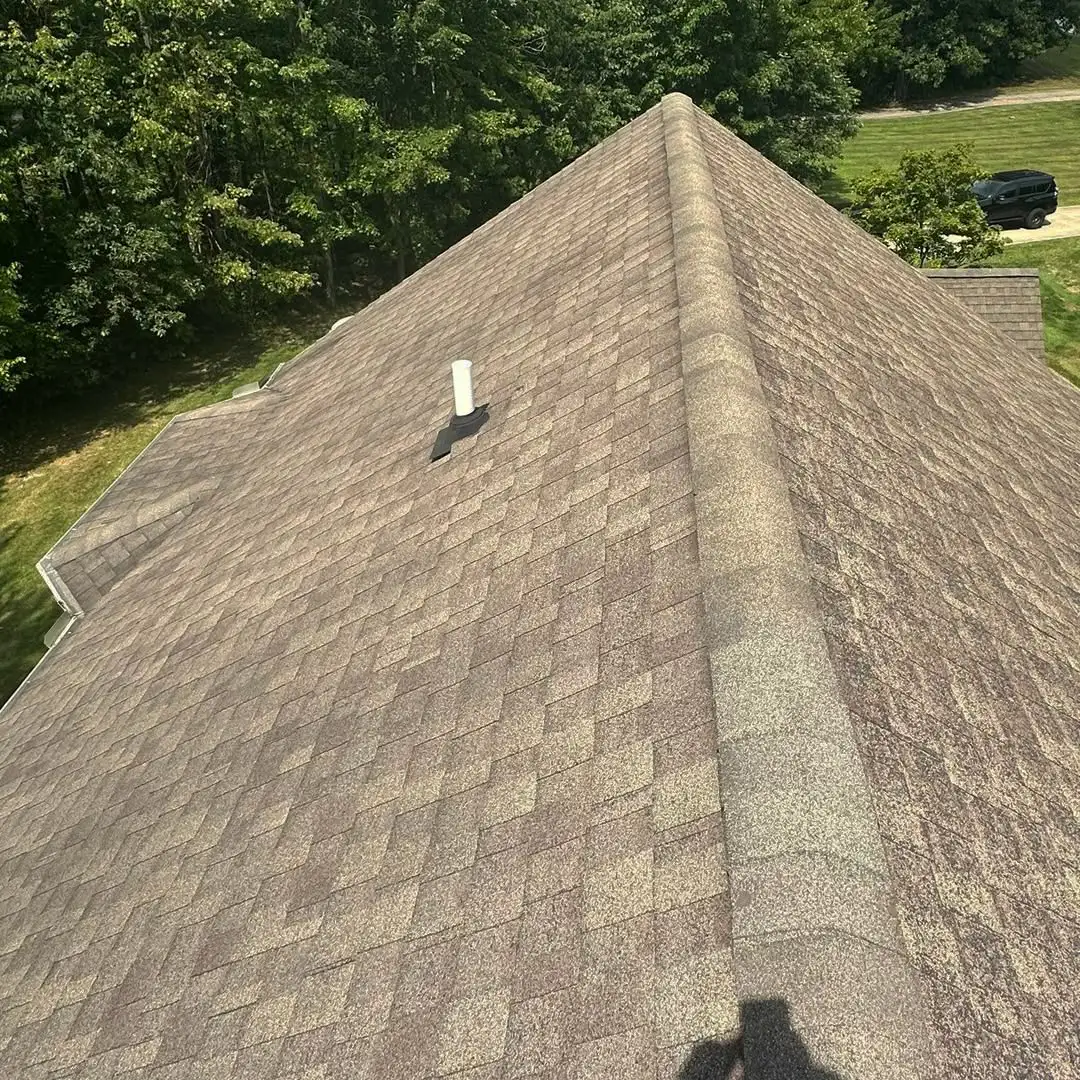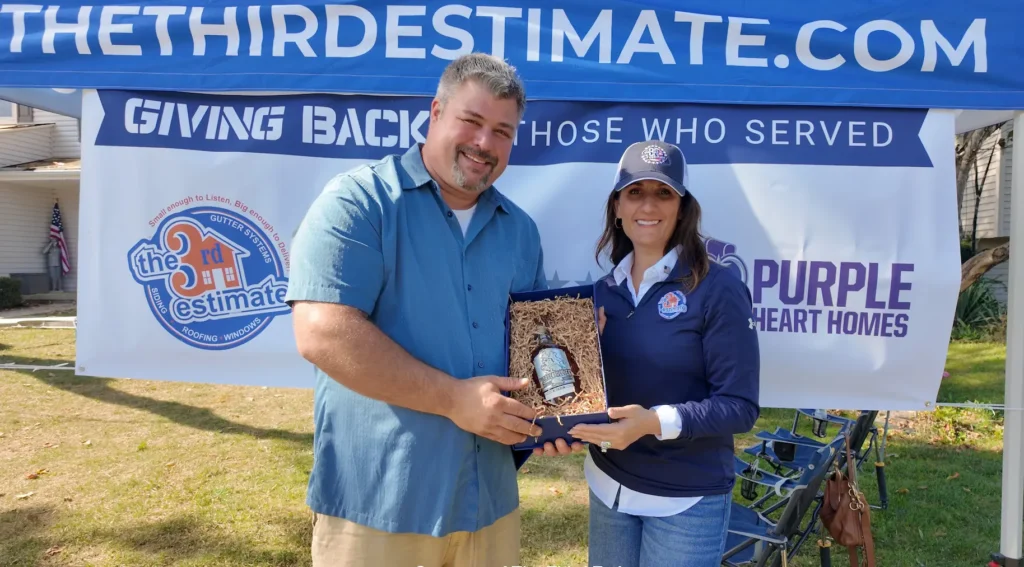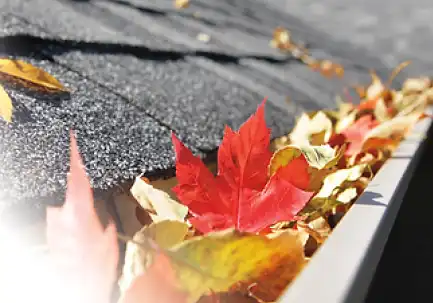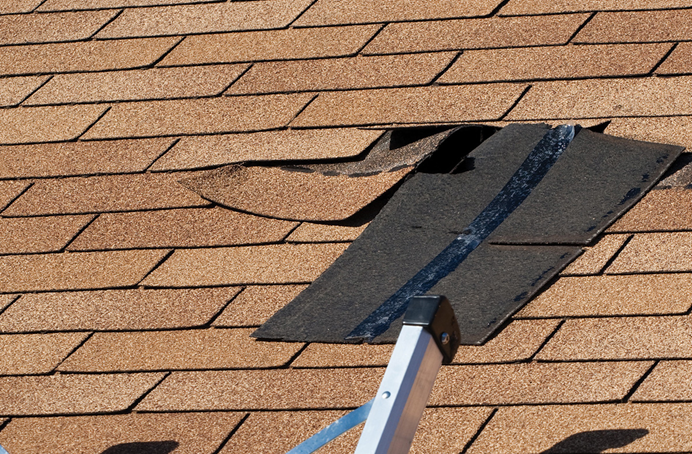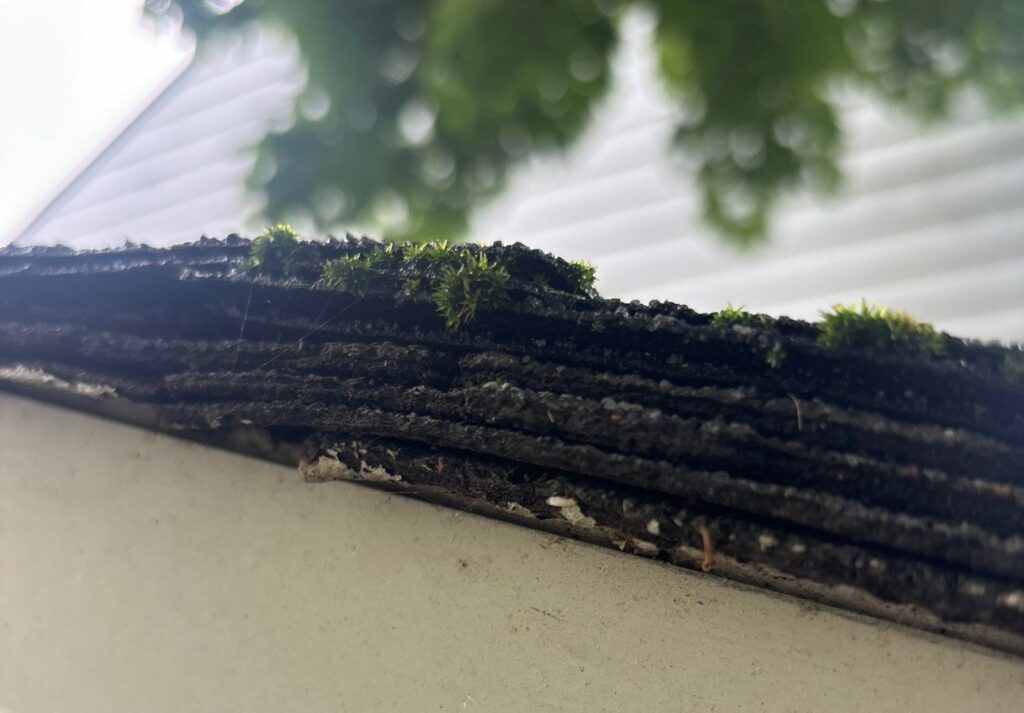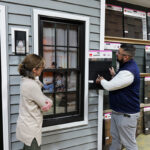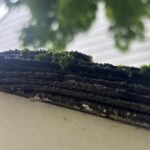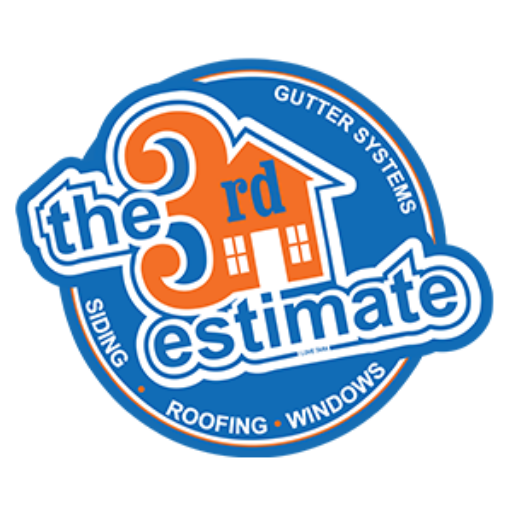Older homes come with a lot of charm and character, but they also come with some wear and tear. One of the biggest problem areas we see in aging homes is the roof. Even if it looks fine from the ground, there can be hidden issues that quietly grow worse over time. These are the most common roofing problems we find during inspections on older properties, and why they should not be ignored.
Here’s what can happen when your gutters stop doing their job:
Worn or Missing Shingles
Shingles take a beating over the years, especially in areas with heavy rain, snow, or heat. We often find shingles that are cracked, curling, or missing entirely. In some cases, the granules that are meant to protect the shingles from UV damage have worn away, leaving the surface exposed. This weakens the roof’s ability to shed water and makes it more vulnerable to leaks and rot. Once shingles start breaking down, it usually means the roof is past its prime and could be at risk during the next big storm.
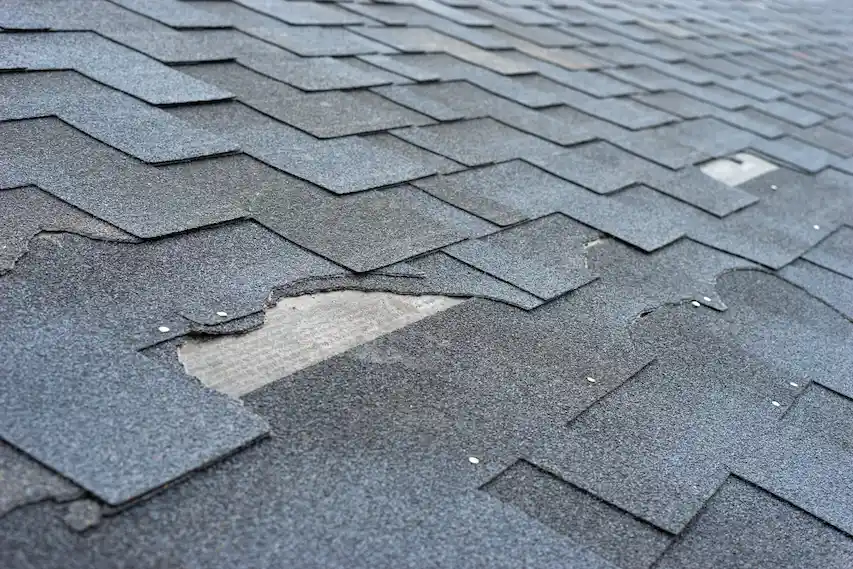
Soft Spots and Rotting Wood
Many older roofs have hidden water damage underneath the surface. When water seeps through cracked shingles or around flashing, it can rot the plywood decking below. These “soft spots” may not be visible until you walk on the roof or inspect the attic. If left alone, they can spread and compromise the roof’s structure. This kind of damage is also dangerous because it is easy to miss until it becomes a much larger, more expensive problem.

Improper Ventilation
A lot of older homes were not built with proper attic ventilation in mind. Without the right airflow, heat, and moisture get trapped in the attic, which can warp wood, grow mold, and shorten the life of your shingles. We often find blocked soffit vents, missing ridge vents, or insulation packed so tightly that it restricts airflow. Improving attic ventilation is one of the simplest ways to protect an aging roof from premature wear.
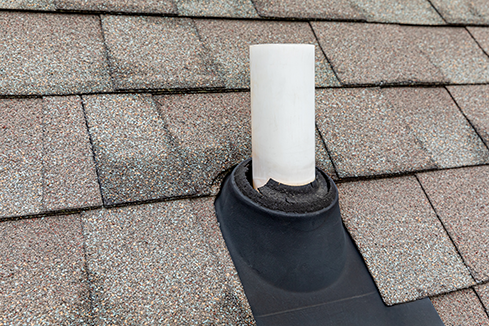
Outdated or Damaged Flashing
Flashing is the thin metal used to seal edges and valleys, especially around chimneys, skylights, and roof-to-wall transitions. On older roofs, flashing can rust, lift, or separate from the roofline. Even small gaps in flashing can allow water to sneak in during a storm. It is a common source of hidden leaks and one of the first places we check during an inspection.
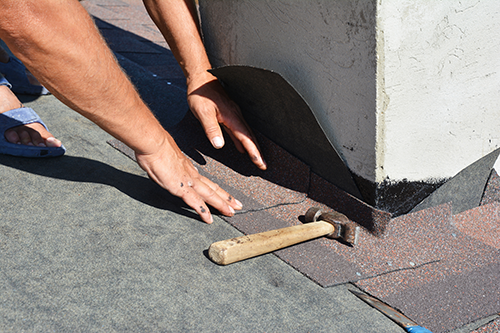
Multiple Layers of Roofing
Back in the day, it was common to install new shingles directly over the old ones to save time and money. But layering shingles adds weight to the roof and can trap heat and moisture between layers. This often leads to faster deterioration and makes it harder to catch problems early. Most modern building codes recommend full tear-offs for a reason. If your home has more than one layer of shingles, it may be time for a fresh start.

Leaks That Have Been Ignored or Covered Up
We frequently find signs of old roof leaks that were never properly addressed. Sometimes the water damage was hidden behind insulation or ceiling paint. Other times, someone attempted a temporary patch without fixing the real issue. Leaks rarely fix themselves, and they almost always get worse. If you have an older home and suspect there was ever a leak, it is worth having it checked out properly before more damage sets in.
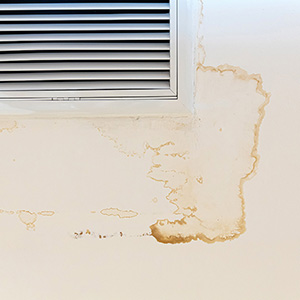
What to Do if You Have an Older Roof
If your home is more than 15 years old and the roof has not been replaced, inspected, or updated in a while, now is the time. Even if you are not seeing active leaks, early signs of wear can lead to major problems down the road. At The Third Estimate, our free 21-point inspection is designed to catch these issues before they cost you more. We check everything from shingles and flashing to ventilation and attic moisture, and we explain what we find with full photo documentation. Older homes deserve extra care. If you want peace of mind about your roof, schedule your free inspection today. We will help you make sure it is ready to protect your home for years to come.
Contact The Third Estimate today for a free consultation and see why we’re the trusted choice for homeowners across Northeast Ohio. Remember, we’re “Small Enough to Listen, Big Enough to Deliver!”
Get Your Free Quote
